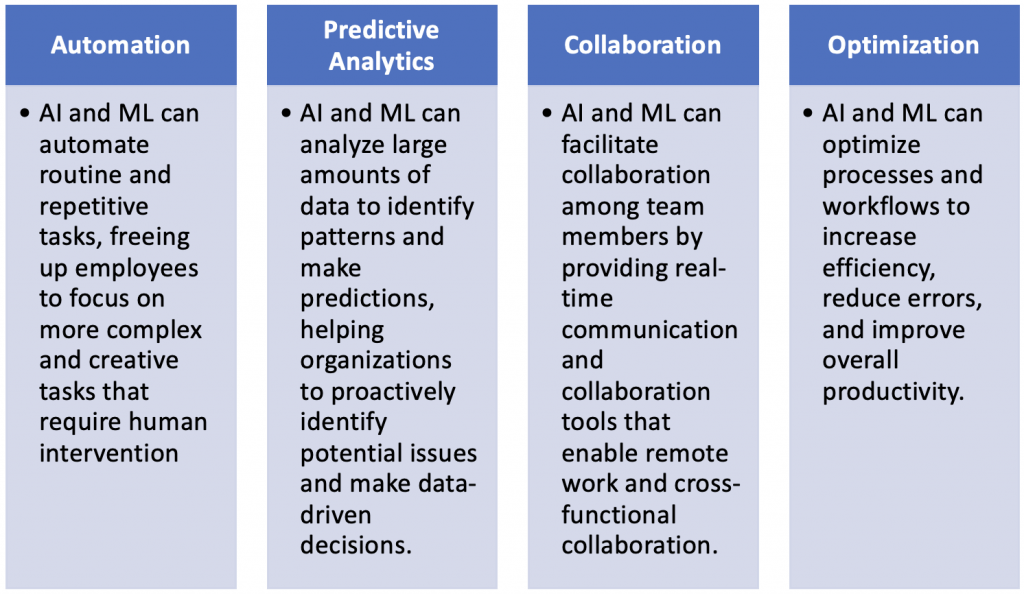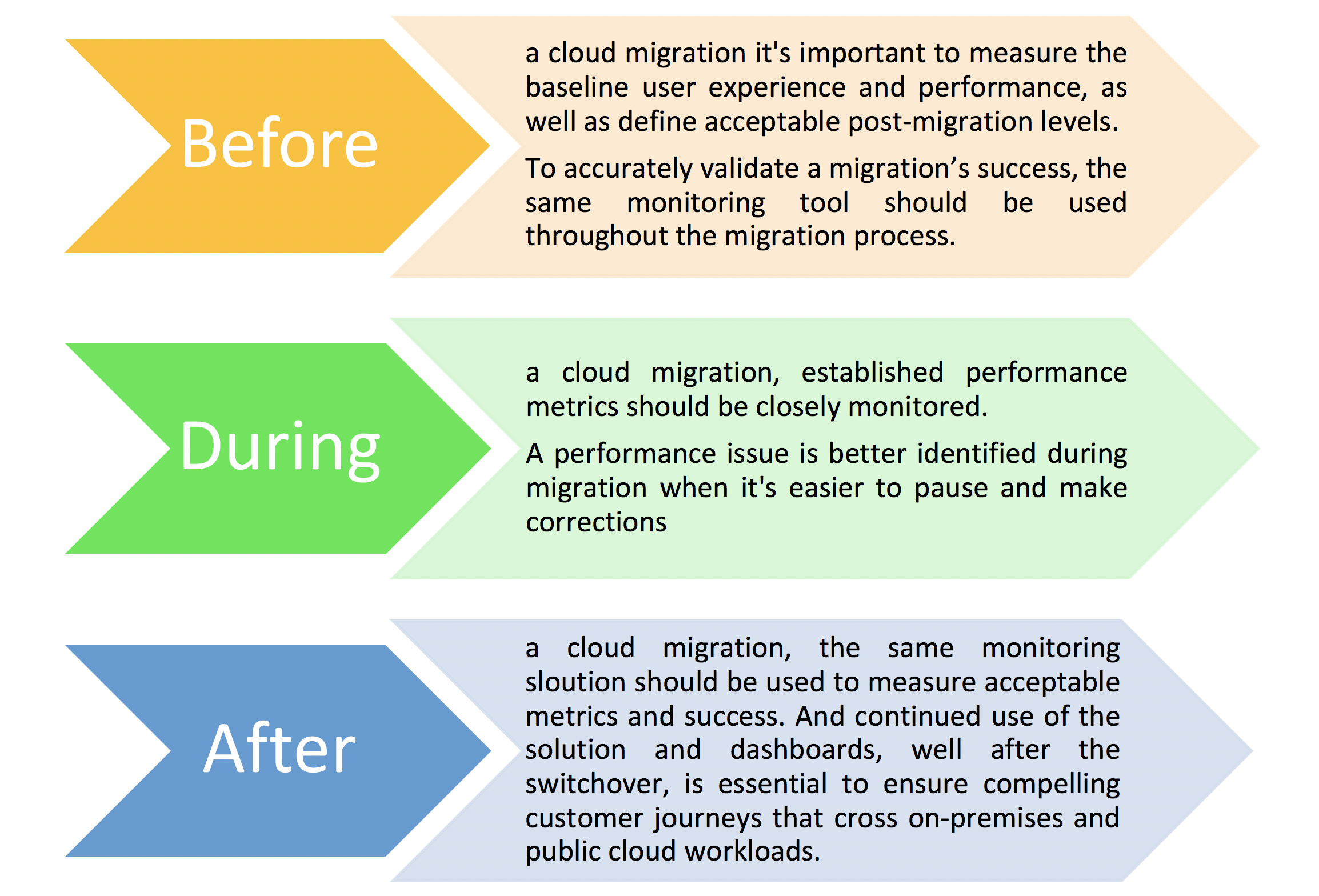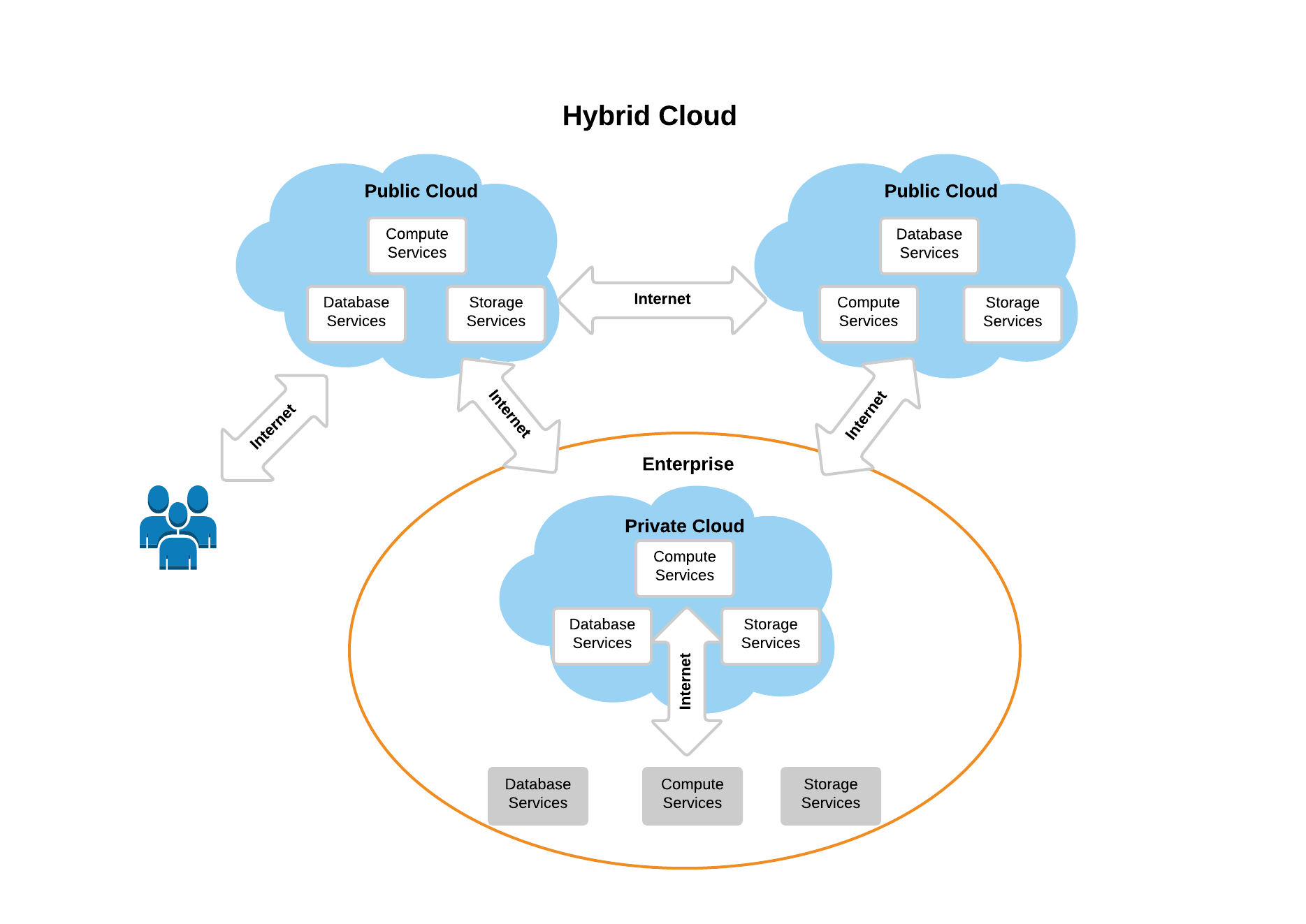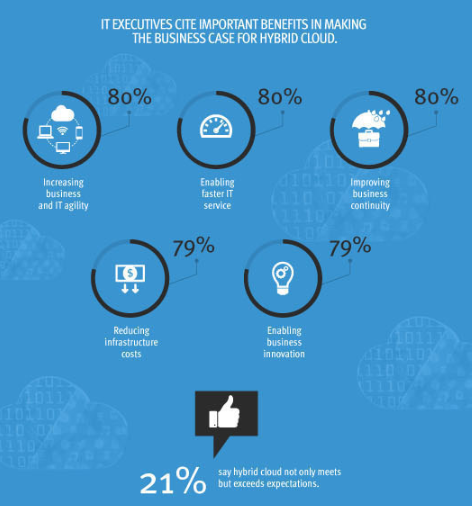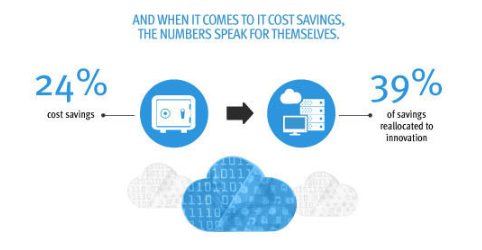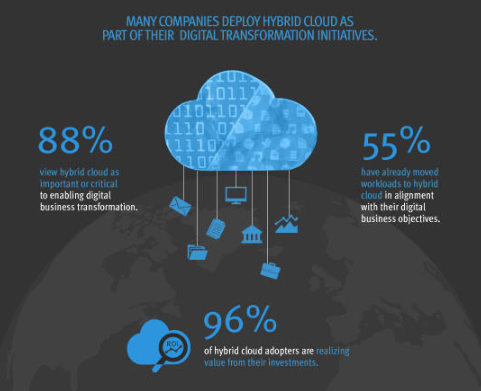In the world of big data and advanced analytics, insights are no longer just numbers on a screen, but powerful tools that can drive real action and propel businesses forward. In today’s fast-paced digital landscape, big data and advanced analytics have become the secret weapons for businesses looking to make informed decisions that drive success. As every click, swipe, and transaction generates a wealth of information, businesses have an unprecedented opportunity to transform raw data into actionable insights. From predicting consumer behavior to optimizing operational strategies, the power of leveraging big data is simply mind-boggling. In this blog post, we’ll explore how organizations can harness the power of big data and advanced analytics by combining cutting-edge technology with strategic decision-making.
In business, the term “big data” generally refers to data sets so large and complex that traditional data processing applications are inadequate. Advanced analytics is the process of extracting value from big data through the use of techniques such as artificial intelligence (AI), machine learning, and predictive modeling. When used together, big data and advanced analytics can help organizations make better-informed decisions by providing insights that would otherwise be hidden in huge data sets. For example, a retail organization might use big data and advanced analytics to identify patterns in customer behavior in order to make recommendations about product stocking and pricing.
Organizations that are able to effectively leverage big data and advanced analytics will have a significant competitive advantage in today’s marketplace.
Understanding the Benefits of Leveraging Big Data and Advanced Analytics
As organizations face increasing pressure to compete in today’s digital economy, they are turning to big data and advanced analytics to help them make better, faster decisions. By leveraging the power of big data and advanced analytics, organizations can gain a competitive edge by understanding their customers better, improving operational efficiency, and making better decisions.
Big data is often described as high-volume, high-velocity, and/or high-variety information assets that require new forms of processing to enable enhanced insights and decision-making. Advanced analytics is a term used to describe a range of analytical techniques that can be applied to big data sets to uncover hidden patterns, correlations, and other insights.
Organizations can use big data and advanced analytics to improve their understanding of customers and markets, optimize their operations, and make better decisions. For example, by analyzing customer purchase history data, organizations can identify trends and develop targeted marketing campaigns. By analyzing manufacturing data, organizations can identify process improvements that will lead to increased efficiency and quality.
The benefits of leveraging big data and advanced analytics are many, but there are some challenges that need to be considered as well. These challenges include ensuring data quality and governance, managing organizational change, and developing the necessary skillsets. Despite these challenges, the benefits of using big data and advanced analytics far outweigh the challenges.
Identifying the Right Questions to Ask When Leveraging Big Data and Advanced Analytics
Organizations are sitting on a wealth of data, but often struggle to make sense of it and drive actionable insights. Big data and advanced analytics can help turn this data into insights that inform decision-making, but only if organizations ask the right questions, such as:
- What business problem are we trying to solve?
- What are our goals?
- What metric will we use to measure success?
- Who is the target audience?
- What type of insights are we looking for?
- What data do we have available?
- How can we best visualize the data?
- What analytical methods will we use?
Asking these questions can help organizations better understand their data and what they want to achieve with it. With a clear understanding of their goals, they can then develop a plan to turn their data into actionable insights.
Strategies for Collecting Data to Support Decision-Making
There are a variety of data collection strategies that can be employed to support decision-making, and the most appropriate strategy will depend on the specific situation and data requirements. Some common strategies for collecting data include surveys, interviews, focus groups, observations, and secondary data sources.
Analyzing the Data to Generate Insights
Big data and advanced analytics are increasingly being used to drive data-driven decisions. However, before insights can be gleaned from data, it must be properly analyzed. This process begins with understanding the business problem that needs to be solved and then determining which data sets can provide the most relevant information. Once the data has been collected, it must be cleaned and organized so that it can be effectively analyzed.
There are a variety of methods that can be used to analyze data, including statistical analysis, machine learning, and text mining. The most appropriate method will depend on the nature of the data and the business problem that needs to be solved. However, no matter which method is used, the goal is always to generate insights that can help inform decision-making.
Statistical analysis is often used to identify relationships between different variables in a data set. For example, if sales of a particular product are being analyzed, statistical analysis could be used to identify whether there is a relationship between sales of the product and other factors such as advertising spend or changes in consumer behavior.
Machine learning is a more advanced form of data analysis that can be used to identify patterns in data sets too large for humans to discern. This technique is often used in fraud detection or identifying customer churn risk.
Text mining is a type of data analysis that focuses on extracting information from unstructured text data. This could include things like social media posts or customer reviews.
Taking Action Based on the Insights
Organizations are under constant pressure to improve performance and achieve their desired outcomes. To meet these goals, they rely on data-driven decision-making. In fact, a recent study by McKinsey Global Institute found that data-driven organizations are 23 times more likely to acquire customers, six times as likely to retain them, and 19 times as likely to be profitable as compared to their less data-driven counterparts.
Despite the clear advantages of being data-driven, many organizations struggle to leverage big data and advanced analytics to drive their decision-making. This is often due to a lack of understanding of how to best use these tools. As a result, organizations either don’t use them at all or only use them for narrow tasks such as marketing campaigns or fraud detection.
To truly reap the benefits of big data and advanced analytics, organizations need to take a holistic approach that encompasses the entire organization from top to bottom. Only then can they make decisions that are based on insights gleaned from all of their data. Once an organization has decided to take a holistic approach to data-driven decision-making, it needs to put in place the necessary infrastructure. This includes ensuring that there is clean and accurate data, setting up the right governance framework, and establishing processes and tools for analyzing the data.
With the right infrastructure in place, organizations can then start using their big data and advanced analytics capabilities to drive real business results. Businesses should take steps to ensure they have the right systems in place to collect and analyze their big data so they can capitalize on all of its potential benefits. We at Xorlogics, help companies to embark on their digital journey so they can unlock new opportunities for growth and innovation within their organization!


